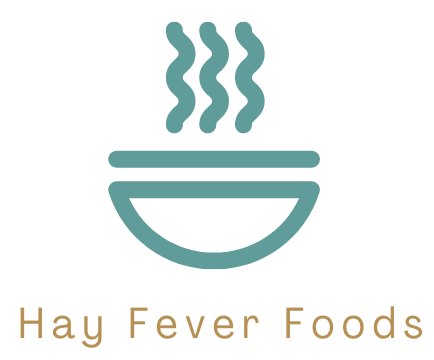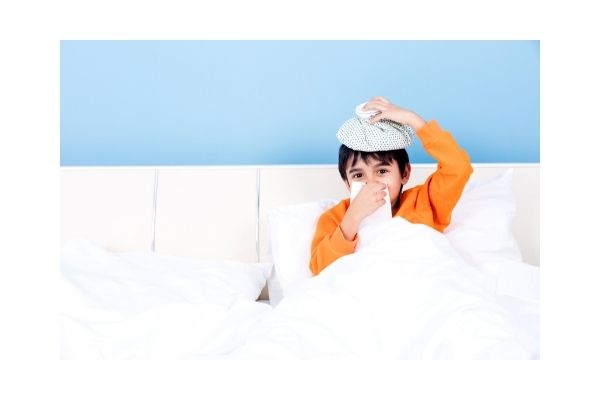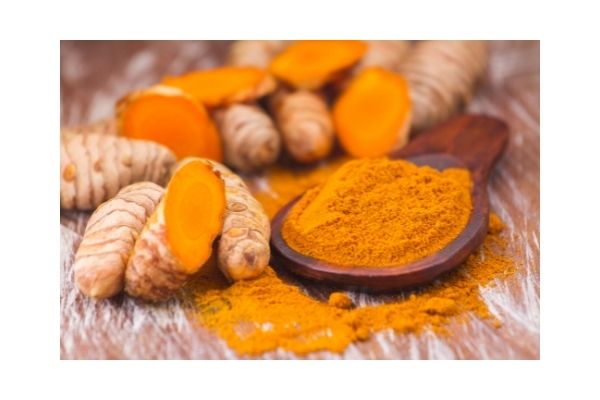To treat hay fever and other phlegm related problems in kids and adults, avoid food that causes coldness in the body and consume food that generates heat in the body (explained in the latter part of the blog). It will also help to get long term relief the child is already suffering from hay fever symptoms.
Food to avoid:
• Milk and milk products (try soy oat or almond milk, if necessary)
• Rice and rice products
• Apple
• Banana
• Sapota
Hay fever remedies for kids above 3years of age:
1. Carom seeds heat pad
2. Sesame cookies/chikki/balls
How to make carom seeds heat pad:
Ingredients:
3 tbsp Carom seeds
Muslin or cotton cloth
Process:
Roast 3 tbsp of carom seeds in a dry pan for three to four minutes. Transfer the roasted seeds into a muslin or cotton cloth and tie them in like small dumplings.
Use this as a heating pad for a congested nose and to clear the sinuses.
Repeat the process if necessary.
How to make sesame cookies:
Heat a Kadai or pan and add ⅓ cup sesame seeds in it. The pan should be on low heat and not too hot. On the lowest flame, roast the sesame seeds and stir them at intervals. The should sesame seeds pop and slightly change colour. On a low flame, this takes about 2 to 3 minutes. Once the sesame seeds are roasted well, please remove them and keep them aside on a plate. Then add ¼ cup of peanuts.
Dry roast the peanuts on a low flame, often stirring till they become crunchy and get a few black spots on them. Remove the peanuts in a mortar pestle. Allow them to cool in the same pan, add ¼ cup desiccated coconut. Stir continuously while roasting the coconut. Roast the coconut till it becomes light golden or golden. Switch off the burner. Add the roasted coconut to the roasted sesame seeds. When the peanuts have cooled, crush them coarsely. You can also grind them in a dry grinder. If you want, you can peel the peanuts also before crushing them.
Add the coarsely crushed peanuts to the roasted coconut and sesame seeds. Next, add ¼ tsp cardamom powder and mix very well. Keep it aside.
Making jaggery syrup for sesame balls (til laddoo)
In the same pan or Kadai, take ½ heaped cup powdered jaggery or grated jaggery.
Add 3 tbsp water. Keep the Kadai on the stovetop on a low flame. Keep on stirring the jaggery so that it dissolves. If the jaggery has impurities, then filter the solution and keep the filtered jaggery syrup back on the stovetop. Use organic powdered jaggery so there are no impurities.
On a low flame, simmer this jaggery+water solution. It will start bubbling first.
Continue to cook till you come to a softball stage in the jaggery solution. Keep stirring non-stop. To check the softball stage, take 1 tbsp water in a small bowl. Drop a bit of jaggery solution in the water. Remove it, and it should be sticky and form itself into a softball.
At this consistency in the below pic, the softball stage has reached the jaggery syrup.
Making sesame balls (til ke laddu)
At this stage, switch off the flame and add the dry roasted mixture of sesame seeds, desiccated coconut, crushed peanuts, and cardamom powder. Mix the dry roasted mixture with the jaggery solution very well. Keep the pan down.
When the mixture is still hot, begin to form til laddoos from it. If too hot, then wait for a minute and then form the laddoos. Spread some oil in your palms to form the laddoos. If you are unable to form laddoos when the mixture is too hot, then wait for some seconds and then make the til laddoos.
You can also use a ½ to 1 tablespoon for scooping the mixture and making the sesame laddoos. Then just shape the laddoos once you scoop them out. Do shape the laddoo when the mix is hot. If the mixture cools down, then the til laddoo cannot be made.
For the last batch, scrape the sides very well and then make til laddu from it.
Make all the laddoo this way. Store in an airtight jar at room temperature
To prevent and control hay fever in kids, it is crucial to keep them away from the below:
• Coldwater
• Cold wind
• Wet/cold cloths
• Air Conditioning
Ensure your child is always dry and warm, especially during the night.
Food given in the above list is a good source of generating heat in the body to control cold-related health problems in children and adults.







